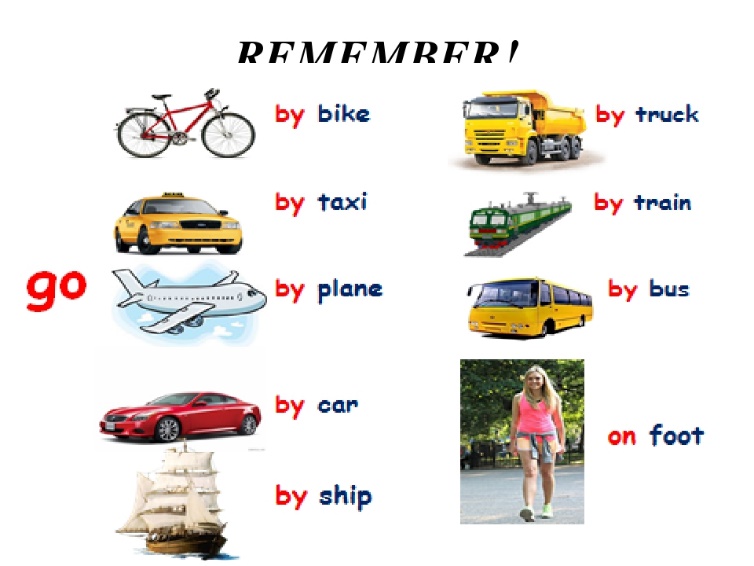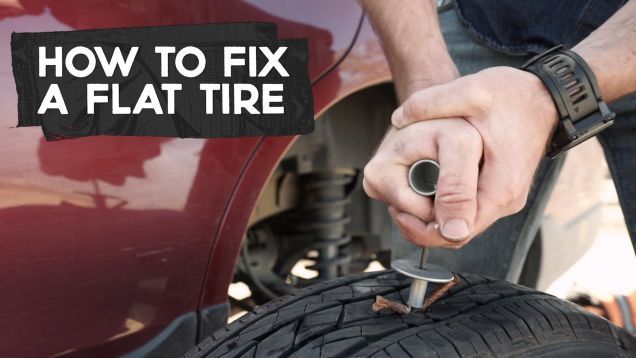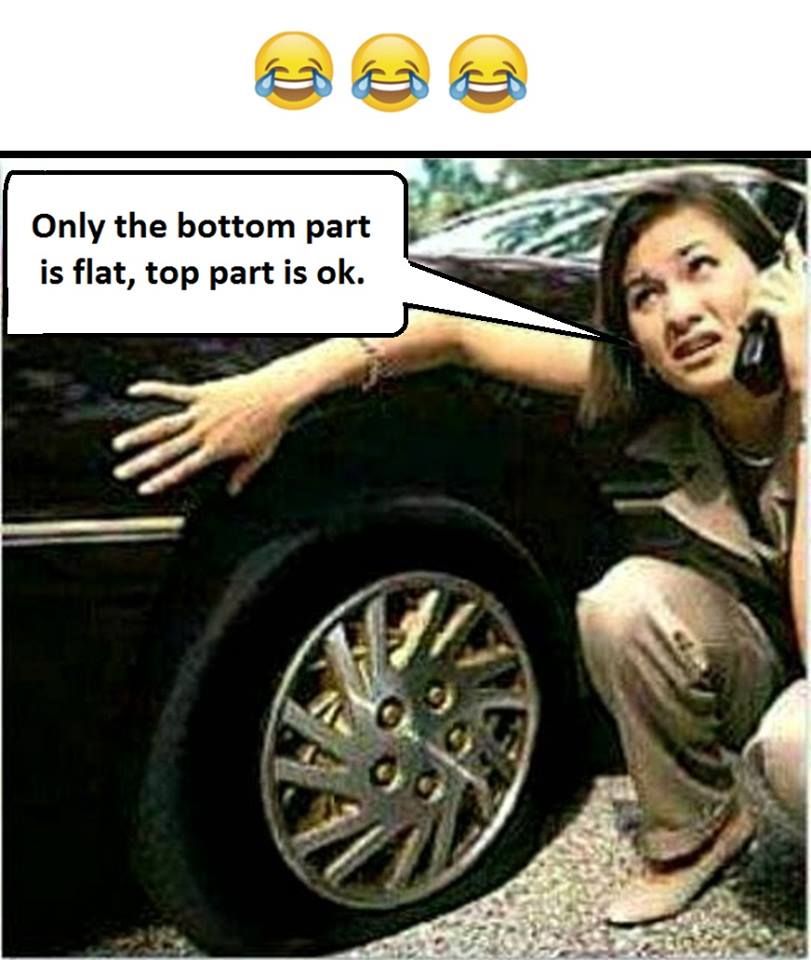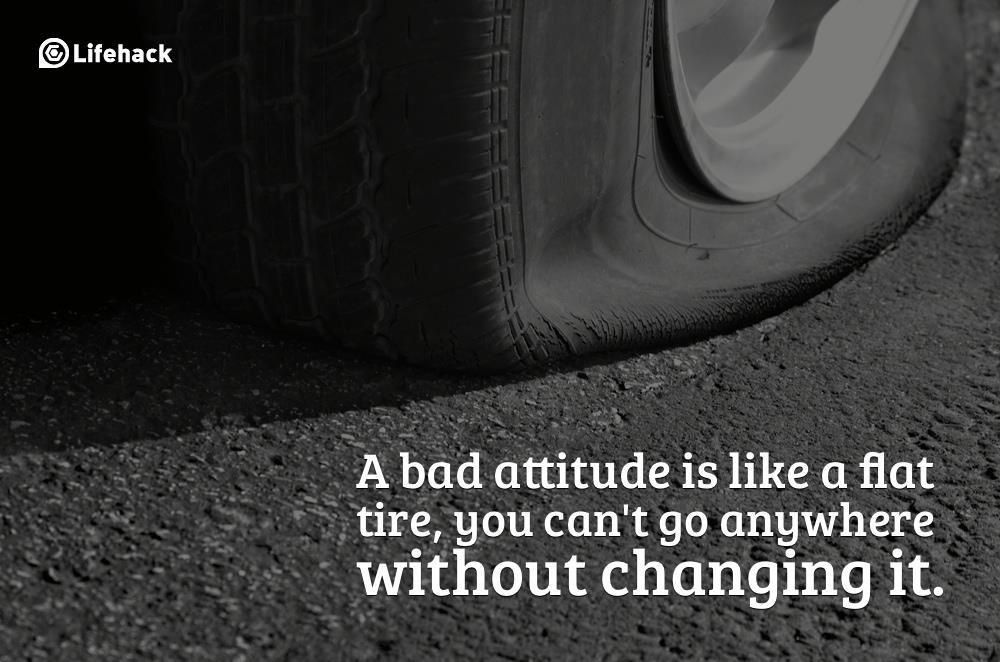Every car owner’s nightmare is a flat tire. Double that if you don’t have a spare tire around, and make it triple when you’re in an emergency. If you’re wondering how many miles you can squeeze on your flat tire. It’s 50 miles or 80.4 kilometers.
However, you should drive slowly on a flat tire since it doesn’t have much traction or durability. Not to mention the potential of an accident when driving with a flat tire damage.
If you still have lingering questions regarding how far can you drive on a flat tire. Read on to learn more.
Table of Contents
If you must drive with a popped tire then make sure that where you’re going is relatively near.
The limit is 50 miles just right after the tire got punctured. However, you must prepare for any potential damage to your car.
However, flat tires shouldn’t be driven long distances. You’ll risk damaging your vehicle more, notably the wheels, brakes, and other parts such as your suspension and steering system.
Damage to these vehicle systems can drastically reduce handling, not to mention repair costs.
It’s tempting to drive a short distance on a flat tire. However, it’s better to drive on a spare tire instead, provided you have one ready.
If you don’t have considerable damage to it, the puncture could potentially be plugged and save you the hassle and money of getting a new one.
Suppose you need to drive a short distance on a flat tire. Just make sure that you’re going slowly.

If you’re asking, “can I drive a flat tire 2 miles?” .5 more than the recommended distance. Technically you can, but you’ll have to be ready for additional vehicle damage.
Furthermore, the most significant scare would be traffic accidents. As your car mishandles, the chances of getting traffic accidents rise exponentially.
One unintentional turn or stoppage when you ride on a flat tire is a one-way ticket to disaster.
Spare tires are essential when you’re driving. Having one can save you the hassle of driving slowly yet dangerously as you go on a flat tire, not to mention that a spare tire is a requirement in most state traffic laws.

Luckily, this is a lot better than driving on a flat tire. The time and hassle of changing a flat tire are worth it.
Spare tires are, as the name suggests, a spare. When driving with one, ensure you find the right kind of wheels for your car as soon as possible. Not only would this dramatically improve your handling, but you’ll mitigate the risk of popping another tire, this time without a spare.
When replacing a flat tire with a spare, you must follow several steps to ensure safer and more efficient work. These steps apply to your front or rear tire.
Step 1: Make sure you pull over safelyIf you decide to change your tires instead of driving on, pull over on the safe side of the road.
Also, place a warning device to let oncoming traffic know you’re in a dire situation.
Step 2: Make sure you have tools and a spare tireYou’ll need at least three tools when changing a tire on your vehicle.
Additional tools can be:
Using a tire iron, loosen each lug nut on your wheels until you can easily turn them manually with your hands.
Step 4: Lift the vehicleRaise your car by placing the jack underneath the metal part of your vehicle. Avoid placing it under the plastic frame.
To best do this step, consider referring to your owner’s manual for additional assistance.
Step 5: Remove the tireCarefully remove your tire by removing the lug nuts. Ensure that the lug nuts are in a safe box. Then, pull the tire towards you to take it out.
Step 6: Place the spare tireCarefully place your spare tire, and using your hands, place the lug nuts, but don’t secure them just yet.
Lower your car and tighten the lug nuts while the tire slowly touches the ground.
Step 8: Ultimately, lower your vehicleLower your car and secure the lug nuts as tight as possible. You’re now ready to drive your vehicle.
I quickly looked through Reddit for some pro tips, and I saw that u/Grosse Fahrt advised that a donut spare can potentially damage the drivetrain if you place it on your drive axle. So a spare full-sized identical wheel is better to keep around.
There are many ways to prevent a flat tire, as prevention is better than cure. However, you must also be ready as even the most vigilant drivers can still have one, mainly due to wear and tear.

Most of us have driven on a flat tire at some point. Whether for a short period or longer, driving on a flat tire is never something you want to do.
Whether for a short period or longer, driving on a flat tire is never something you want to do.
Certain factors might cause you to drive with a flat tire, such as lack of spare tire, limited ability to change the tire along the way, etc.
Knowing “how far can you drive on a flat tire” will help you get out of the situation without damaging your vehicle or, most importantly, yourself if you are ever in this position.
Last modified by Ian Haynes
Every year, almost 220 million flat tires happen in the United States alone. This means that the average American will experience five flats or more in their lifetime – and since 20% of U.S. drivers do not know how to change a tire, this could spell trouble.
The only other course of action is to call a friend or get roadside assistance — but they might disappoint you and make you wait for a while.
But sometimes, you run a flat in the most inappropriate of places and help might take hours to arrive – so the only resort left is driving to the nearest workshop on a punctured tire.
However, experts don’t recommend this as it can damage the tire and render it completely useless. The chances are that you’ll never be able to use the tire again.
But if you must, make sure that help is no more than a few yards away and that you keep the speed steady when driving on a flat tire.
Tires either gradually deflate because of punctures or loose valves, or they blow out on-spot – in both scenario’s you need to get your tires back in shape promptly.
Anything below 20 PSI indicates a flat tire. If your TPM shows a PSI that’s dropping fast or if your tire has already blown out, react immediately and change the way your drive.
Make sure you drive no longer than 1.5 miles and go no faster than 20 mph – this is the only way to ensure that your tire has any hopes of surviving this disaster.
Here is a step-by-step guide on quickly making it to the nearest service station:
The rim puts extraordinary pressure on a flat tire when it’s being driven, and this damages the tire’s tread compound significantly. Here are some of the many reasons why it’s a bad call to drive on flat tires:
The Rims Get Damaged
If there is little to no pressure left in the tire, it can no longer shoulder the weight of a moving car, and the rims are left to bear the forces without any support. That’s why driving on a flat tire can be disastrous for tire rims, and you may have to replace them along with the tire once you are done with the drive.
That’s why driving on a flat tire can be disastrous for tire rims, and you may have to replace them along with the tire once you are done with the drive.
It’s Bad For The Car
Driving on a flat tire also harms your car. You may end up with broken brake lines, suspension parts, fenders, and rotors.
It’s Dangerous For You
Above all, a bad tire can compromise the handling and control of vehicles. Also, the disfigured suspension and brake lines may lead to an accident.
You May End Up With An Unusable Tire
If you check the manual for your tires, you’ll find adequate guidance from the manufacturers on what the proper pressure is, and when to change to a spare.
But when you drive on a flat tire, even a small puncture courtesy of damaged roads and stones may aggravate to the point that it won’t be repairable if pushed too far.
Ideally, a one-fourth-inch puncture in diameter on the tread is repairable. Still, sidewall punctures, internally damaged tires, and tires with massive cuts need to be replaced.
Still, sidewall punctures, internally damaged tires, and tires with massive cuts need to be replaced.
Even though it’s not possible to tell exactly when you’ll get a flat tire, but if you notice that the tire pressure is not on-point, get it fixed ASAP.
Follow these steps to delay flat tires, and use your tires to their full potential:
Buy The Best Quality
Naturally, you should invest in the best tires out there – make sure they are well-suited for your car, as well as local weather for where you live. You have an option between summer tires, winter tires, all-season tires, and the safest and most efficient run-flat tires.
The idea is to have a tire with a quality tread compound, so even if things go south, they can be forced to work harder than average tires.
Run-flat tires are an excellent option if you want to avoid being stranded with a flat tire. These are built with an additional compound that keeps the tires sturdy even when flat, so you can drive on them safely.
Check Your Tires Before Heading Out
When on the road, tires have to face rocks and potholes and so much more – this can damage the tread and deflate the tires over time.
This is why it is a good idea to thoroughly examine the tires before heading out. This can significantly limit the chances of you ending up stranded on the curbside with flat tires.
If your car is relatively new, you can notice if there is reduced pressure on your tires by referring to the TPMS (Tire Pressure Monitoring System).
Chaos creeps in when least expected, so you should always be prepared for the worst. Taking the following measures should help:
The bottom line is, there is no telling when you may end up with a flat tire, and the chances are you may have to drive on a flat as a last resort.
If you have run-flat tires, that won’t be an issue, but assuming you don’t — drive at a low speed, maintain it, and don’t go past a few yards.
Photo credit: Toa55/Shutterstock
0003Related materials
2 sets of wheels or overboarding - which is more profitable?
Inflate the tire to three atmospheres and move off. After 3-5 minutes of travel, stop and check how much the pressure has dropped. At about one, grab the pump again. And so on until you reach the right place.
At a speed of 40 km/h on smooth asphalt with a flat tire, you can safely drive about 2 km. Moreover, most likely, after such a feat, the tire will be able to be pumped up and operated further.
An extra ten meters will not make the weather. After all, it is not clear how much you have already traveled on an "empty" wheel. So don't stop in the middle of the road. It is better to smoothly turn to the side of the road, and if there is a side platform within sight, slowly reach it.
So don't stop in the middle of the road. It is better to smoothly turn to the side of the road, and if there is a side platform within sight, slowly reach it.
Related content
8 studded tires: test on ice
For example, a sidewall puncture has occurred. There is nothing to lose - it will not be possible to reanimate the tire for further operation. But you can stretch 40 km / h from a dozen kilometers to a tire fitting. Be careful: closer to 15 km, the tire will start to smoke, crunch and fall apart. "Debris" can damage the apron, locker or bumper plastic. It's better not to bring it up.

Related materials
7 ways to "shoe" you in change shoes
The colder it is outside, the longer it will take for the tire to reach critical temperature and the further you will drive. But in the heat, the tire warms up faster, which means that the range will be reduced.
First of all - from the strength of the sidewalls and carcass of the tire. A thick sidewall will help you get to the tire shop, a thin sidewall will “die” much faster. Therefore, on a crossover (SUV tires have reinforced sidewalls) you will drive further under the same conditions than on a passenger car.
Photos: Depositphotos
Our new video
How to turn a truck into an SUV - a good old recipe from the USSR
Did you like the note? Subscribe and you will always be in the know!
Driving in Zen
News smi2. ru
ru
Vladimir Gavrilov
Estimated reading time: 3 minutes
2988
Category: Auto Maintenance
Sometimes, as a result of road accidents, two or three wheels break through at once. There is no time to mess around with disassembly on the spot, and I don’t want to get my hands dirty either. To get out of the situation, you have to go as is. Instead of one damaged wheel, a spare tire is placed, and the second and third are used in a deflated state. How long can you drive like this and how will such a journey turn out for tires?
Normal car tires are not designed to run without pressure. If the damage is minor, then it is better to repair the wheel on the spot. A puncture does not bleed air quickly, and sometimes just pumping up a tire is enough to have half an hour of time left, which is enough for a trip to a tire shop.
If the hole does not allow a long drive, then a self-tapping screw can be screwed into it, which will temporarily turn into a patch. Then you can inflate the tire, which can keep the pressure at 1.7-2.1 atm for several hours. It is better to ride on inflated wheels.
Sometimes it happens that an inexperienced driver, even noticing a gradual release of pressure in the wheel, is too lazy to put on a spare tire, continues on his way, trying to find a tire shop, and arrives there already with a completely flat tire. It is absolutely impossible to do this. There is a high risk of complete damage to a generally still workable tire. Even a hundred meters for a flat tire are critical. The rubber begins to “chew”, the cord is damaged, the layers are compressed and cracked.
After such a trip, if you remove the tire and look at its inside, you will find black dust. It is a surface sealed layer. With subsequent pumping, hernias, similar to blisters, swell. They go in a chain along the diameter of the damaged cord threads. Then the wheel “killed” by the driver can only be sent to a landfill.
Then the wheel “killed” by the driver can only be sent to a landfill.
Thus, driving on flat tires is possible only in extreme cases, when the tire is already badly damaged and cannot be repaired, and the “reserve” has already been installed in another place. Then it is necessary to drive only on the side of the road so that the disc has soft ground under it. Periodically you need to stop and inspect the wheels. When dismantling a flat tire, there is a risk of disc breakage, so the range of such a trip should not exceed 2-3 km.
Legally, such a movement is permissible. In accordance with paragraph 2.3.1. According to the SDA of the Russian Federation, if malfunctions occur along the way with which the operation of vehicles is prohibited, the driver must eliminate them, and if this is not possible, then he can proceed to the place of parking or repair, observing the necessary precautions. In other cases, it is better to still call a tow truck.